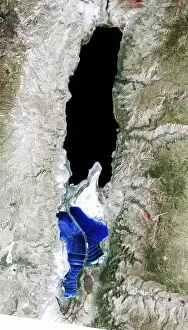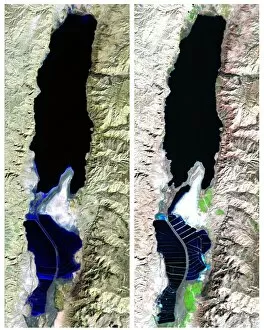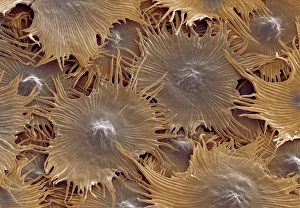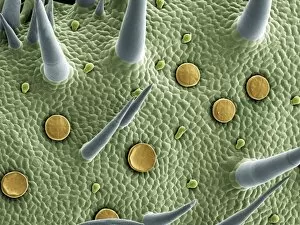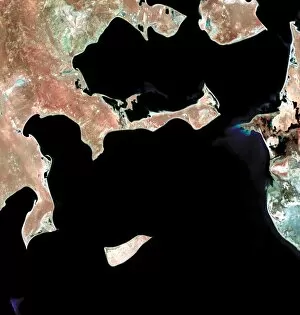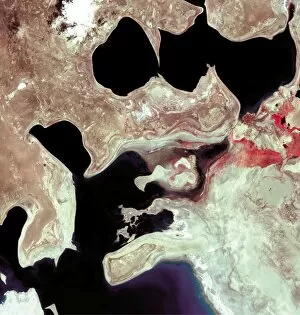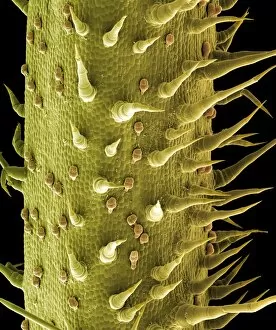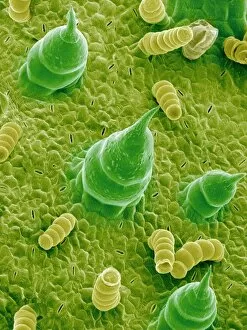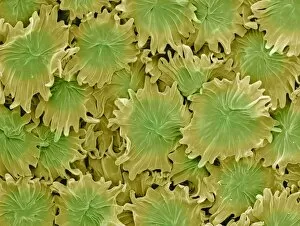Water Loss Collection
"Unveiling the Hidden World: Exploring Water Loss through Captivating Satellite Images and Microscopic Views" Water, the essence of life
All Professionally Made to Order for Quick Shipping
"Unveiling the Hidden World: Exploring Water Loss through Captivating Satellite Images and Microscopic Views" Water, the essence of life, is a precious resource that sustains our planet. However, in recent years, concerns about they have become increasingly prominent. Through cutting-edge technology like scanning electron microscopy (SEM) and satellite imagery, scientists have delved into understanding this phenomenon. One captivating subject of study is the olive leaf trichomes observed under SEM. These tiny structures play a crucial role in reducing water loss by creating a barrier on the leaf surface. Their intricate patterns reveal nature's ingenious mechanisms for preserving moisture. Zooming out to larger scales, we encounter an alarming sight captured by satellites - the Dead Sea's dramatic transformation over time. Comparing satellite images from 1972 to 2011 (C014 / 4705-4707), we witness its gradual shrinkage due to excessive evaporation and dwindling inflows from surrounding rivers. Venturing further eastward, another striking example emerges - the Caspian Sea's fluctuating levels between 1972 and 2010 (C013 / 7145). This vast body of water has experienced both expansion and contraction throughout decades due to various factors such as climate change and human activities. Closer to home in Lake Meredith, USA, changes are also evident when comparing images from 1990 to 2011. The once thriving reservoir now showcases reduced water levels as a result of prolonged droughts and increased demand for freshwater resources. Returning back to microscopic wonders under SEM analysis reveals more insights into plants' battle against water loss. Elaeagnus leaves exhibit unique adaptations while potato leaves showcase their own defense mechanisms against dehydration. Tomato leaves display intriguing surface features designed for efficient moisture retention while marjoram leaves unveil their strategies for minimizing transpiration rates. In this journey through microscopic details and satellite snapshots spanning several decades, it becomes clear that a pressing global issue.



